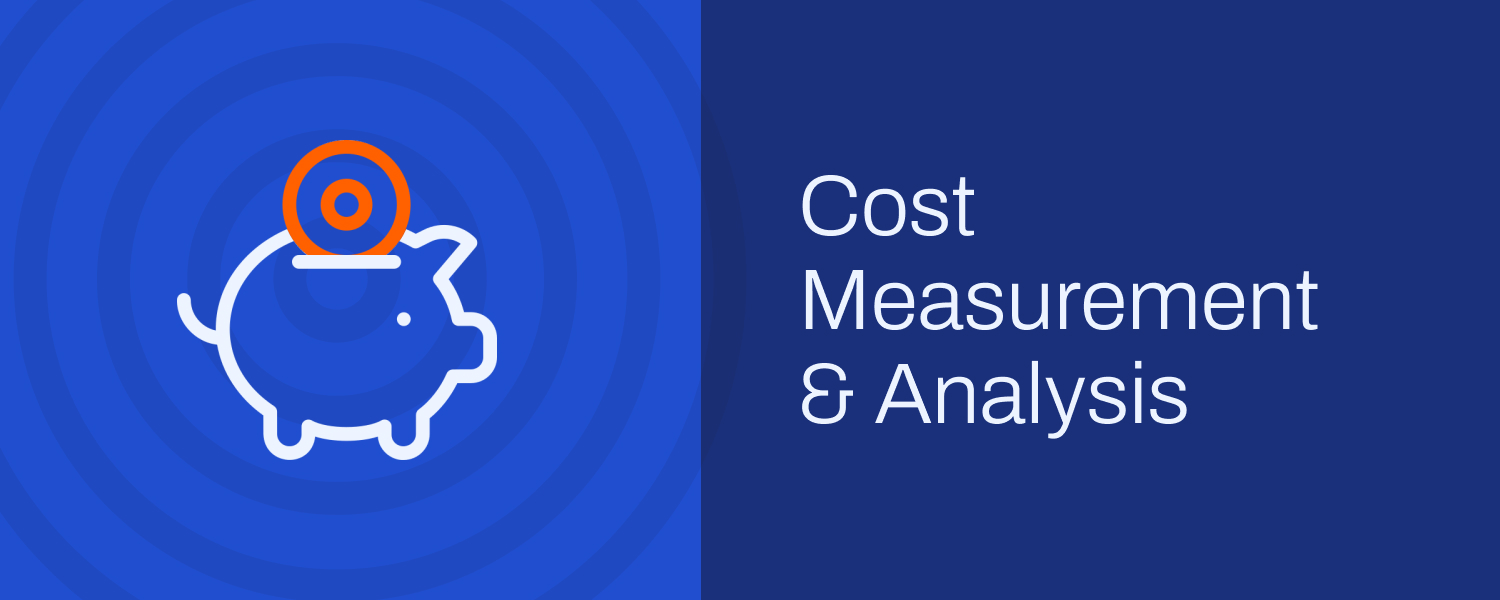CX teams measure team effort to understand and manage their overall cost of serving customers and to cultivate happy and engaged teams that play a starring role in great customer experiences. Team effort can also make a huge difference in popular metrics like employee promoter scores (“EPS”), quality assurance (“QA”), and operational metrics like case resolution times and escalation rates. When customer-facing employees’ jobs are harder than they need to be, CX teams often see high turnover rates and low EPS scores, lower QA scores, more escalations, and delays in case resolution times — the list goes on. And each of these unfortunate side effects increases your cost of service and creates stubborn obstacles that stand in the way of improving customer experience.
Most CX leaders have carefully designed processes to support team morale, team performance, and efficiency while making customers happy. But we all know what happens to the best-laid plans. In the fast-paced world of unexpected bugs and urgent customer fire drills, the only way to know for sure that you’re keeping things on the rails is to measure team effort.
Measuring team effort makes it easy to spot disconnects between where team time goes vs. where team time should go so that CX organizations can allocate resources to solving costly imbalances and take actions that improve the customer experience while relieving teams of unnecessary burdens.
Using AI to measure team effort gives you the most accurate, up-to-the-moment read on what’s hard for your teams based on your organic customer feedback so that you can remove friction from both sides of your customer experience. Learn about 5 benefits of using AI to measure team effort in the infographic:




